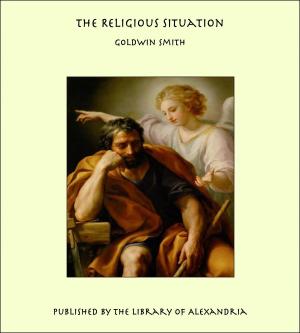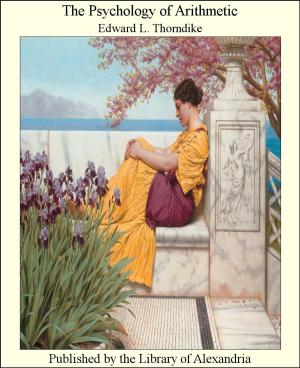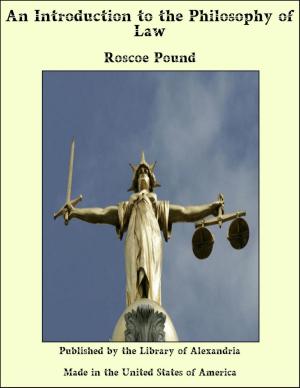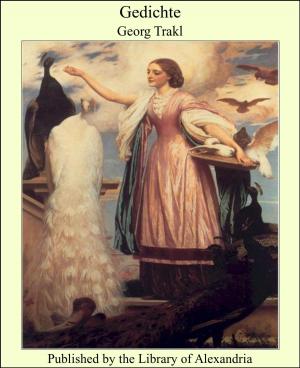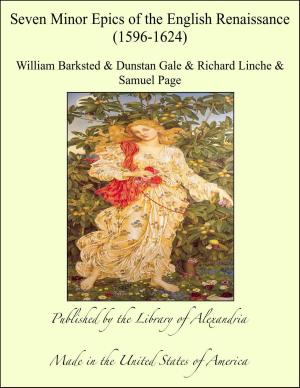General Book of the Tarot
Nonfiction, Religion & Spirituality, New Age, History, Fiction & Literature| Author: | A. E. Thierens | ISBN: | 9781465580160 |
| Publisher: | Library of Alexandria | Publication: | March 8, 2015 |
| Imprint: | Language: | English |
| Author: | A. E. Thierens |
| ISBN: | 9781465580160 |
| Publisher: | Library of Alexandria |
| Publication: | March 8, 2015 |
| Imprint: | |
| Language: | English |
It is very curious to contrast those comparatively sober terms in which Court de Gebelin introduced his discovery of the cards, though he sought to prove that their origin was in Ancient Egypt, with the fantastic declamations of Éliphas Lévi, who affirmed not only that they were the Alphabet of Enoch, Hermes Trismegistus and Cadmus but the Gospel of all Gospels, a synthesis of science and the universal key of the Kabbalah. De Gebelin was a man of learning at his own period and remained within the circle of facts, actual or supposed, as he saw and read them. His successor was a man of extravagant mind, who contemplated past and future alike through a glass of vision, and so beheld all faërie unfold its images. The occult happenings of the past became in the process as much a matter of invention as his own notions. The inventions were decorative and were even characterised at times by a magian quality of intuition; but in most cases his record of past events was like his reading of things to come. His tale of the Knights Templar, his intimations on the Rosy Cross, his survey of alchemical literature are in much the same category as his prognostications about a parliament of nations under an universal monarchy ruled by a King of France. He discovered the religion behind all religions, a fountain-source from which they issued in their day and into which all return. This was the Secret Tradition of Israel; but it proves to be a Tradition of his own making, which falsifies all the literature, and he had not read the texts from which he claimed to draw. He had glanced there and here at a few records of the subject and distorted them in the magic crystal of his seership. He took up the Tarot, and just as a cartomancist shuffles and deals and lays out its picture-symbols for the reading of things to come, so did he divine their past. He adopted the speculations of De Gebelin, and they dilated in his own mind. He dressed up the Trumps Major in Egyptian vestures and affirmed that he had restored the Tarot in its primitive hieroglyphical form. By a fortunate chance there had preceded him in 1857 another fantasiast, J. F. Vaillant, with a gift in etymologies, more stupefying than anything produced before him. Between them there deployed all Babylon and all its idols. But Egyoomed behind Babylon and the Kabbalah behind Egypt. It is post-Talmudic in unadorned fact, but for them it was older than Moses and older even than Abraham. In fine, behind the Kabbalah there was, and remains among us, the Book of Thoth, and this was the Tarot, within which was the light unlimited of its endless range of meanings that had never passed into writing but dwelt implicitly in both, above all in Lévi's mind. And a day came when he made his great discovery which had never entered ly into the heart of scholiast or commentator. The Tree of Life in Kabbalism has 22 Paths by which the Sephiroth or Numerations are connected one with another and late Kabbalism had married these Paths to the 22 Letters of the Hebrew Alphabet.
It is very curious to contrast those comparatively sober terms in which Court de Gebelin introduced his discovery of the cards, though he sought to prove that their origin was in Ancient Egypt, with the fantastic declamations of Éliphas Lévi, who affirmed not only that they were the Alphabet of Enoch, Hermes Trismegistus and Cadmus but the Gospel of all Gospels, a synthesis of science and the universal key of the Kabbalah. De Gebelin was a man of learning at his own period and remained within the circle of facts, actual or supposed, as he saw and read them. His successor was a man of extravagant mind, who contemplated past and future alike through a glass of vision, and so beheld all faërie unfold its images. The occult happenings of the past became in the process as much a matter of invention as his own notions. The inventions were decorative and were even characterised at times by a magian quality of intuition; but in most cases his record of past events was like his reading of things to come. His tale of the Knights Templar, his intimations on the Rosy Cross, his survey of alchemical literature are in much the same category as his prognostications about a parliament of nations under an universal monarchy ruled by a King of France. He discovered the religion behind all religions, a fountain-source from which they issued in their day and into which all return. This was the Secret Tradition of Israel; but it proves to be a Tradition of his own making, which falsifies all the literature, and he had not read the texts from which he claimed to draw. He had glanced there and here at a few records of the subject and distorted them in the magic crystal of his seership. He took up the Tarot, and just as a cartomancist shuffles and deals and lays out its picture-symbols for the reading of things to come, so did he divine their past. He adopted the speculations of De Gebelin, and they dilated in his own mind. He dressed up the Trumps Major in Egyptian vestures and affirmed that he had restored the Tarot in its primitive hieroglyphical form. By a fortunate chance there had preceded him in 1857 another fantasiast, J. F. Vaillant, with a gift in etymologies, more stupefying than anything produced before him. Between them there deployed all Babylon and all its idols. But Egyoomed behind Babylon and the Kabbalah behind Egypt. It is post-Talmudic in unadorned fact, but for them it was older than Moses and older even than Abraham. In fine, behind the Kabbalah there was, and remains among us, the Book of Thoth, and this was the Tarot, within which was the light unlimited of its endless range of meanings that had never passed into writing but dwelt implicitly in both, above all in Lévi's mind. And a day came when he made his great discovery which had never entered ly into the heart of scholiast or commentator. The Tree of Life in Kabbalism has 22 Paths by which the Sephiroth or Numerations are connected one with another and late Kabbalism had married these Paths to the 22 Letters of the Hebrew Alphabet.


